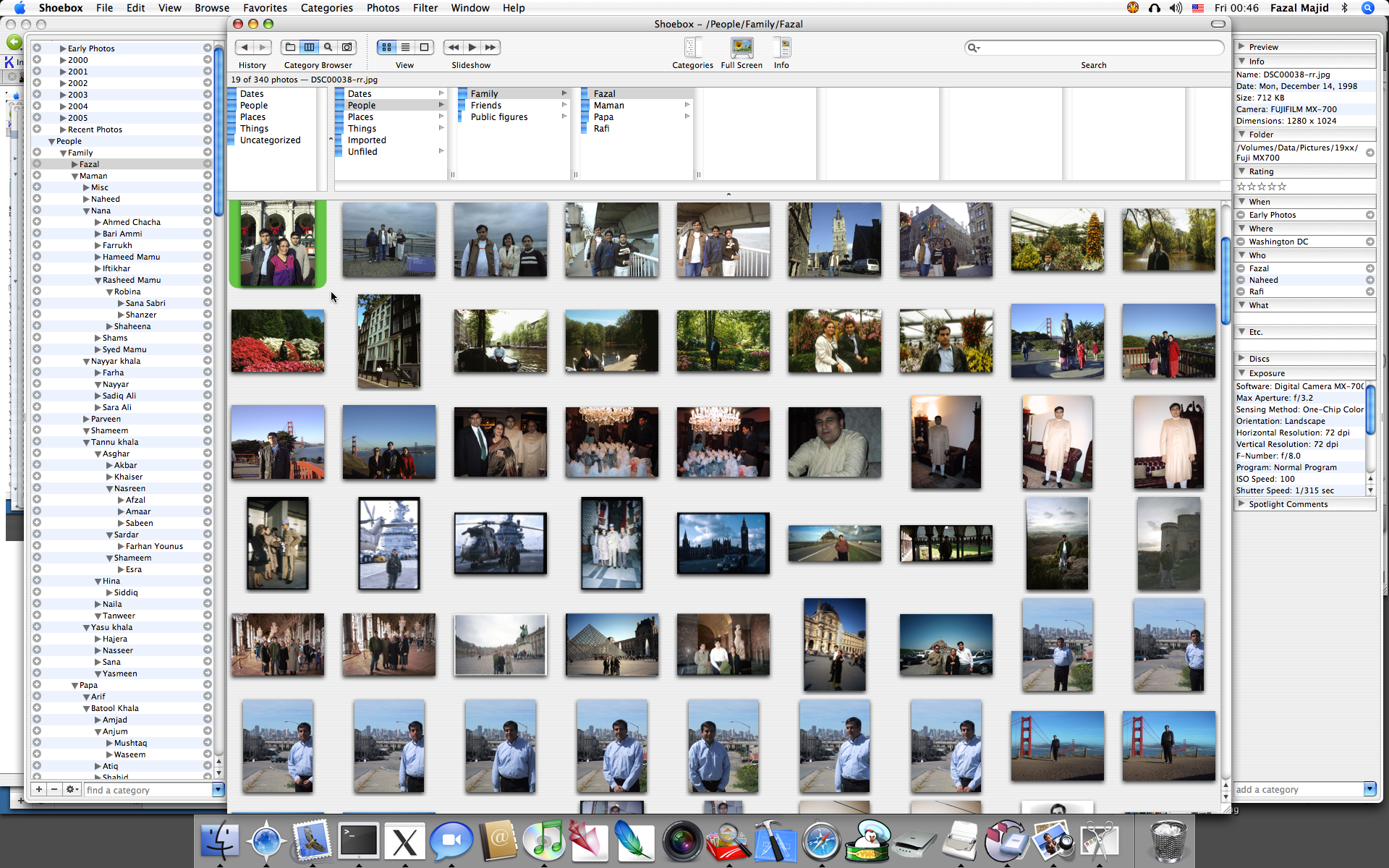The San Francisco chocolate lover’s shortlist
Here are my picks for the best chocolate places in the city (note: updated 2013-04-20):
- Chocolate merchants: Noe Valley’s Chocolate Covered has made leaps and strides in the last 5 years, and beat previous favorite Fog City News
- Honorable mention: Fog City News, an impressive lineup tended by the knowledgeable owner, Adam Smith. Also the chocolate section at Rainbow Co-op.
- Chocolate bouchées: Cocoa Bella. This shop is a chocolate integrator: it collects chocolates from small chocolatiers across the world and brings them under a single roof. They also make hot chocolate.
- Honorable mention: Michael Recchiuti makes scrumptious confections, and his burnt caramel chocolate covered hazelnuts are to die for, as are many of his bars. Try also his Chocolate Lab in the Dogpatch for a cafe experience.
- Chocolate maker: Guittard. This fourth-generation family of chocolatiers, originally from France, have been supplying professionals like Recchiuti for a century and half. The best dessert I ever had in America was a Guittard chocolate and cherry cake at Eno in Atlanta, of all places. They now have a retail line of very high quality.
- Dishonorable mentions:
- Scharffen-Berger: part of the evil Hershey empire, who are lobbying to have FDA standards watered down (so mockolate made with margarine can be passed off as real chocolate)
- Tcho: overrated, and very simplistic, although their “Tchunky Tchotella” bar is amusing
- Dandelion: sleazy hipster outfit that turns good raw ingredients into crude dreck
- L’Amourette: another overrated local brand. The packaging for their “70% Dark Chocolate Gold” screams “Venezuela” and “Sur Del Lago”, but only mentions in small type they use the inferior Trinitario cacao instead of the noble Criollo the provenance (and price) would imply.
- Hot chocolate: Christopher Elbow on Gough & Hayes has an intense hazelnut-flavored hot chocolate.
- Honorable mention: Charles Chocolates (disclaimer: I am an investor)
- Chocolate pastries: Cafe Madeleine, a.k.a. Jil’s Patisserie, formerly of Burlingame, now made in their New Montgomery Street shop (with two additional locations on California and O’Farrell).
- Honorable mentions: Miette in the Ferry Building. Tartine’s chocolate hazelnut tart. B Patisserie’s chocolate Kouign Amann.
See also my Google map of the best sweet treats in San Francisco


